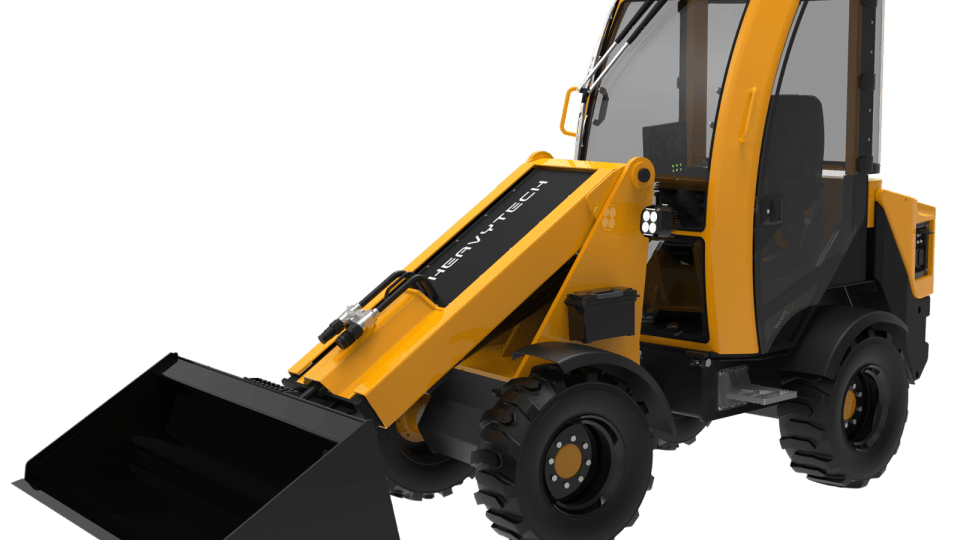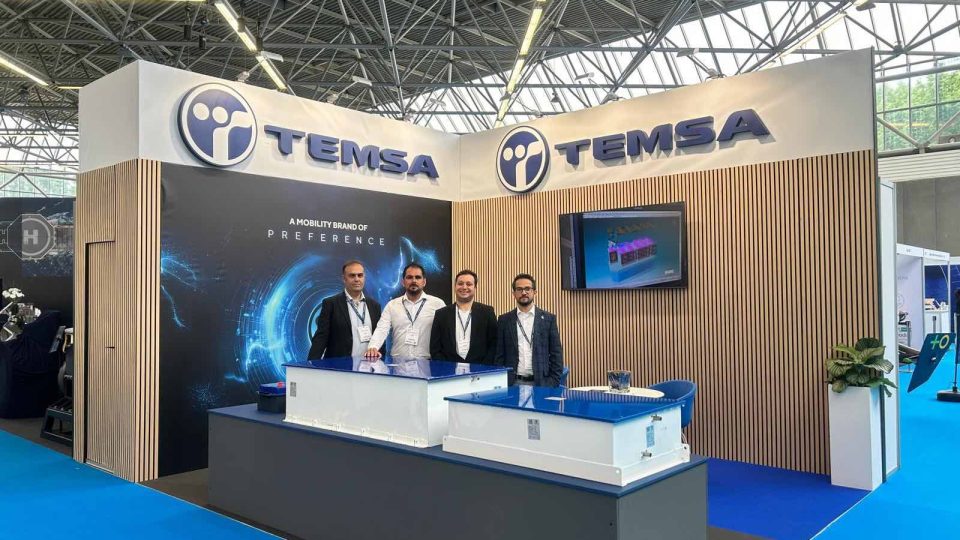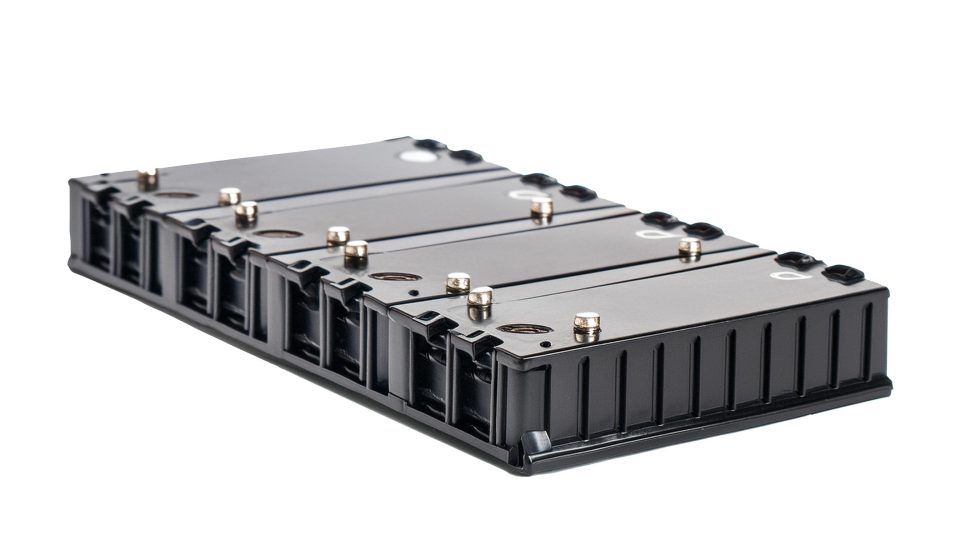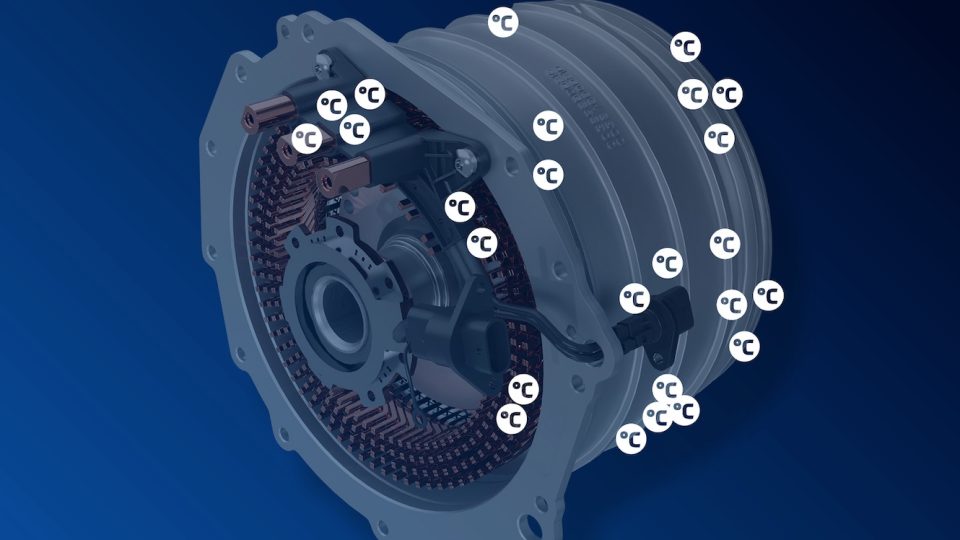A grant for Rocsys autonomous charging
Rocsys has been awarded a EUR 33 million grant to accelerate the progress of electric vehicle refuelling with autonomous charging
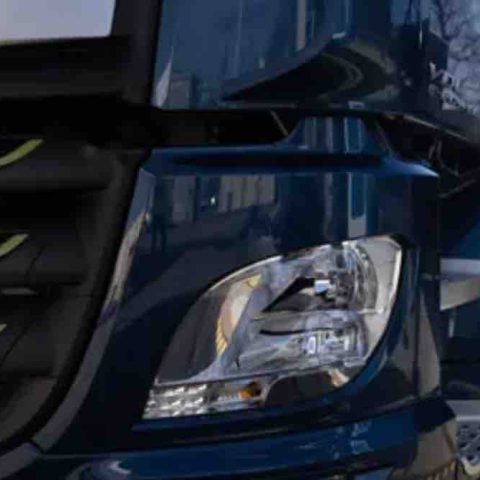
Rocsys has received EUR 33 million in funding to perfect autonomous charging for electric vehicles. As in, just what the doctor ordered, since the Dutch company, founded in 2019, specialises precisely in autonomous charging solutions for electric transport.
Rocsys Accelerates Autonomous Charging
The $36 million investment will undoubtedly provide significant opportunities for the company growth and expansion. With this funding, they have outlined several key areas where they plan to scale their operations and enhance their platform: They will continue to increase their presence in Europe, likely by establishing new offices, hiring local talent, and strengthening partnerships within the region. The funding will enable them to bring more operations, customer service, and manufacturing capabilities to the United States. This move suggests a focus on serving the American market more effectively and efficiently. As part of their growth strategy, they plan to dedicate resources to expanding their team that collaborates with automakers. This likely involves establishing closer relationships with automotive manufacturers, developing tailored solutions, and integrating their platform with the manufacturers’ vehicles. A portion of the funding will be allocated to R&D efforts. They plan to build new features for their platform, including automated parking guidance, comprehensive software integrations, and additional remote diagnostics and teleoperations support. These enhancements will likely enhance the user experience, improve operational efficiency, and increase the value proposition for their customers. Overall, this Series A funding provides a solid foundation for the company’s expansion plans, both geographically and technologically. It will enable them to scale their operations, establish a stronger presence in Europe and the United States, and develop innovative features for their platform.
Crijn Bouman, Rocsys Co-founder and CEO
“My Co-founders, Joost van der Weijde and Kanter van Deurzen, and I (Crijn Bouman, CEO and Co-founder, ed) started this journey with the belief that fast-evolving robotics and AI could spur momentum in the transition to decarbonized transportation. We each brought perspectives to the project that we hoped would complement each other—my perspective as an entrepreneur who had sold my previous company and scaled the solution as part of a global corporation, Joost as a Ph.D. scientist at the cutting edge of robotics, and Kanter as an engineer and experienced software leader. We believed that autonomous charging was the future of transportation, and we built our technology to address the market’s unique pain points. First, there is the business case. It’s mission-critical that a fleet’s EVs are charged and ready to go when needed. Time is money; because charging an EV takes more time than filling a tank of gas, forgetting to plug in can have financial consequences in the form of operational delays. Additionally, many industrial and logistics-focused fleet operation sites have strict rules about who is allowed to operate high-voltage EV chargers. Autonomous charging solves both these challenges by guaranteeing that EVs will be plugged in when needed without requiring any human intervention. It’s also more efficient than manual charging: robots don’t have to unbuckle and get out of the vehicle and won’t trip over charging cords or struggle to line up the plug with the socket. At a commercial fast-charging station, for instance, efficiency gains from autonomous charging can increase station throughput by ~20% during peak hours. Second, there is the consumer case for autonomous charging. For EV owners, autonomous charging is a more efficient and enjoyable experience than having to deal with charging cables, remembering to plug in, and waiting around during the fueling session in order to plug out. Not to mention, at charging stations, autonomous charging offers greater efficiency, enabling more cars to move through the station in the same amount of time. Third, there is the autonomous case. There’s no question that autonomous vehicles are the future of transportation. And in shipyards where terminal tractors are self-driving, or automated valet parking garages for businesses, or parking lots for autonomous municipal buses, it won’t make sense to have a person on standby just to plug the vehicles in and out. Autonomous charging is the way forward. What’s unique about our approach at Rocsys is that we’ve built a system that can easily upgrade existing charging infrastructure to make it autonomous. This means that, as AVs gain more market share, the charging assets already in the ground won’t go to waste.”






